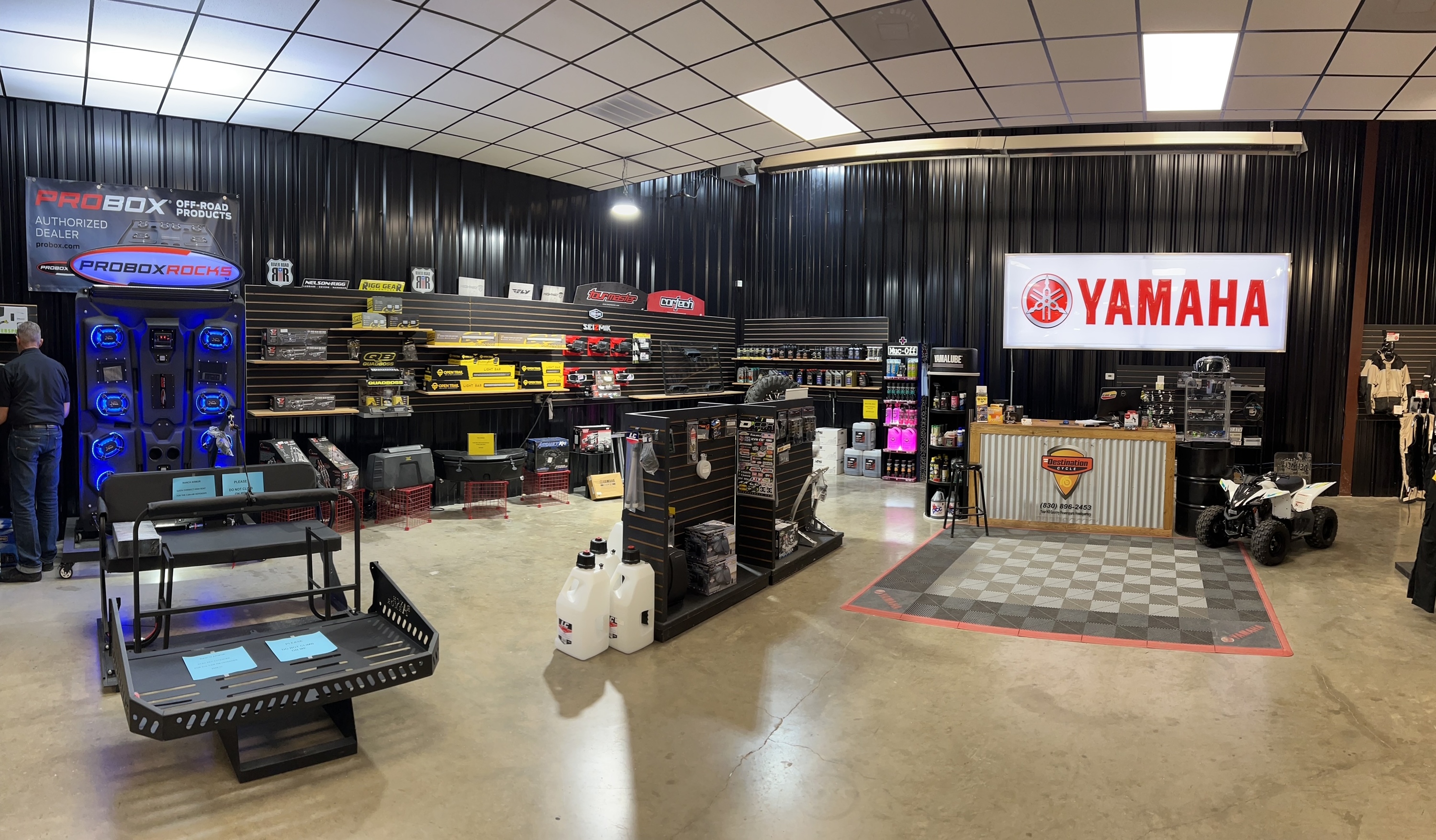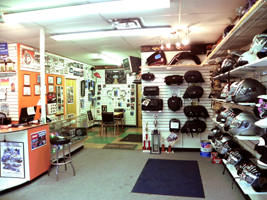Mastering Bike Gears: Just How to Optimize Your Riding Experience
In the realm of motorcycling, grasping the art of gear manipulation is important for boosting your riding efficiency. Correctly comprehending and using motorcycle equipments can substantially impact control, fuel, and acceleration effectiveness, transforming an average ride into a smooth, exhilarating journey. By integrating precise change timing and adjusting gear option to different roadway conditions, cyclists can guarantee ideal engine efficiency and safety. The subtleties of clutch control, throttle control, and equipment technicians beckon a much deeper expedition, assuring to unlock the full possibility of your machine. How can these strategies be taken advantage of to really maximize your riding experience?
Comprehending Gear Mechanics
How do the ins and outs of equipment auto mechanics influence motorbike efficiency? At the core of motorbike characteristics, equipment auto mechanics play a critical function in converting engine power into movement, ultimately determining rate and control. Gears, meticulously crafted components, permit cyclists to maximize torque and speed, ensuring a smooth shift with different terrains and rates. The gear ratios, thoroughly created, figure out the relationship between engine changes and wheel turns, influencing acceleration and fuel performance.
Recognizing equipment mechanics begins with acknowledging the relevance of the transmission, which houses multiple gears of differing dimensions. These gears engage through a process understood as meshing, where teeth of various gears involve to transmit power.
Additionally, the concept of gear moving is integral to making the most of performance. Smooth and prompt changes guarantee that the engine operates within its optimum power band, avoiding unnecessary stress and enhancing durability (motox parts nz). By comprehending these mechanical ins and outs, bikers can achieve an unified blend of power, efficiency, and control, elevating their riding experience
Timing Your Shifts
Shift timing mastery is necessary for enhancing motorbike efficiency and boosting the riding experience. Correctly timed shifts ensure that the engine runs within its optimum power band, which is essential for preserving control, accomplishing smooth velocity, and ensuring the durability of the bike. Bikers must establish an instinctive feeling of when to move gears, which includes understanding the connection between engine changes per minute (RPM) and rate.
To understand change timing, pay close interest to the engine's audio and really feel, as these offer crucial hints concerning when to change equipments. When the engine comes close to the top array of its power band without getting to the redline, the suitable change point usually happens - motorcycle parts nz. Shifting as well early can lead to a lack of power, while shifting far too late might cause unneeded engine stress
Furthermore, roadway problems and riding design influence change timing. In city settings, smoother and a lot more frequent changes might be required to navigate traffic efficiently. In comparison, throughout highway riding, less changes at greater rates can be more suitable. Practicing in different settings will improve your ability to time changes exactly, inevitably boosting your riding experience to a specialist level.
Enhancing Fuel Effectiveness
While mastering bike equipments is essential for efficiency, boosting fuel efficiency is equally important for both environmental and click this economic reasons. Optimum gas intake not only reduces functional costs but likewise decreases the ecological impact of riding. To attain this, one should comprehend the elaborate connection in between gear choice and engine performance.
Firstly, choosing the best gear at suitable speeds can significantly impact gas intake. Riding in a higher gear at reduced speeds can lead to engine carrying, which is harmful to both gas economic climate and visit engine wellness. Conversely, riding in lower equipments at high rates results in unnecessary fuel consumption. Therefore, maintaining an ideal balance by moving gears in positioning with roadway conditions and expected maneuvers is important.
Furthermore, routine maintenance plays a critical role in fuel effectiveness. Making sure that the motorbike is well-tuned, with tidy air filters and appropriately pumped up tires, can boost the rules of aerodynamics and decrease fuel wastefulness. Moreover, taking on a riding style that accepts progressive velocity and smooth deceleration can add to better gas economic climate.

Methods for Smooth Transitions
Accomplishing smooth gear shifts is basic to improving the riding experience and guaranteeing the durability of a bike's transmission system. Appropriate gear moving not only adds to a smooth ride however also decreases wear and tear on the mechanical components. To master the art of smooth shifts, riders need to focus on a couple of essential techniques.

Secondly, clutch control plays a pivotal duty. Engaging and disengaging the clutch efficiently calls for technique. The clutch lever must be released slowly, allowing for a seamless transfer of power from the engine to the wheels without causing a jolt or abrupt activity.

Adapting to Road Conditions
Navigating diverse road conditions is an important ability for any motorcyclist aiming to preserve control and safety. Whether you're riding on wet surfaces, crushed rock roadways, or browsing sharp turns, your ability to adapt your equipment use and riding method is paramount. Understanding how to adjust your equipments suitably can dramatically affect grip and stability, ensuring a safer trip.
In comparison, when riding on gravel or unequal surface, lower equipments are more suitable. Reduced gears give better control and allow you to react more swiftly to unexpected adjustments in the roadway surface.
Sharp contours require accurate equipment management to stabilize speed and control. Downshifting prior to getting in why not find out more a contour can aid keep energy while guaranteeing the bike continues to be stable throughout the turn. Constant technique in different conditions enhances your ability to predict and respond to modifications in roadway texture and slope.
Final Thought
Grasping motorcycle gears significantly enhances the riding experience by boosting control, gas, and velocity efficiency. Adjusting gear selection to different road conditions, such as making use of greater equipments on wet surface areas and reduced equipments on gravel, further boosts handling and safety.
Comprehending gear technicians begins with acknowledging the relevance of the gearbox, which houses numerous equipments of varying sizes. These equipments connect via a process understood as meshing, where teeth of different gears engage to transfer power (motorbike shop). Mild changes to the throttle during equipment shifts can protect against jerky movements and preserve a regular riding speed
Whether you're riding on damp surface areas, crushed rock roads, or navigating sharp turns, your capacity to adapt your equipment use and riding strategy is critical. Adapting equipment option to numerous road problems, such as using greater gears on wet surface areas and reduced gears on crushed rock, further improves handling and safety.